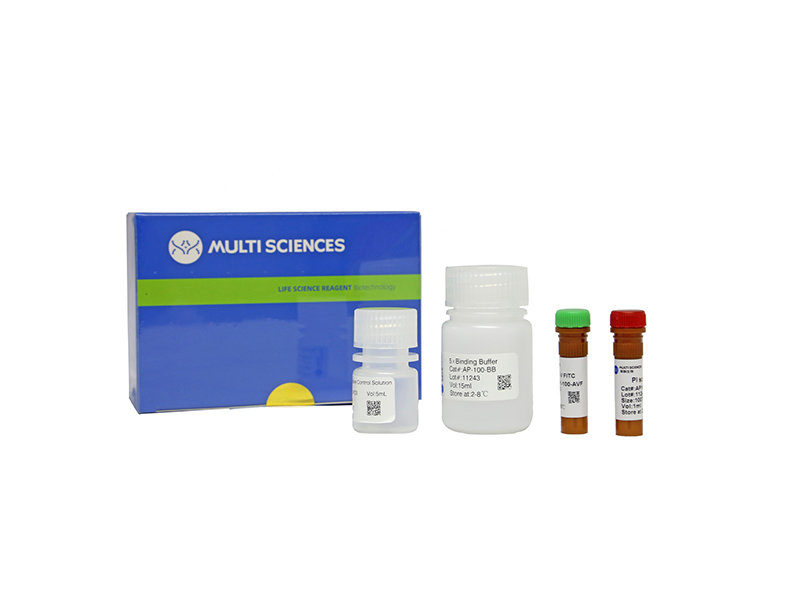Congenital cataract is the leading cause of blindness among children worldwide. Patients with posterior subcapsular congenital cataract (PSC) in the central visual axis can result in worsening vision and stimulus deprivation amblyopia. However, the pathogenesis of PSC remains unclear. This study aims to explore the functional regulation and mechanism of HTRA1 in human lens epithelial cells (HLECs). HTRA1 was significantly downregulated in the lens capsules of children with PSC compared to normal controls. HTRA1 is a suppression factor of transforming growth factor-β (TGF-β) signalling pathway, which plays a key role in cataract formation. The results showed that the TGF-β/Smad signalling pathway was activated in the lens tissue of PSC. The effect of HTRA1 on cell proliferation, migration and apoptosis was measured in HLECs. In primary HLECs, the downregulation of HTRA1 can promote the proliferation and migration of HLECs by activating the TGF-β/Smad signalling pathway and can significantly upregulate the TGF-β/Smad downstream target genes FN1 and α-SMA. HTRA1 was also knocked out in the eyes of C57BL/6J mice via adeno-associated virus-mediated RNA interference. The results showed that HTRA1 knockout can significantly upregulate p-Smad2/3 and activate the TGF-β/Smad signalling pathway, resulting in abnormal proliferation and irregular arrangement of lens epithelial cells and leading to the occurrence of subcapsular cataract. To conclude, HTRA1 was significantly downregulated in children with PSC, and the downregulation of HTRA1 enhanced the proliferation and migration of HLECs by activating the TGF-β/Smad signalling pathway, which led to the occurrence of PSC.
文章引用产品列表
-
- AT105 187 Citations
- 凋亡试剂盒
Annexin V-APC/7-AAD Apoptosis Kit(细胞凋亡试剂盒 - 贴壁细胞专用)
- ¥1,010.00 – ¥2,090.00



